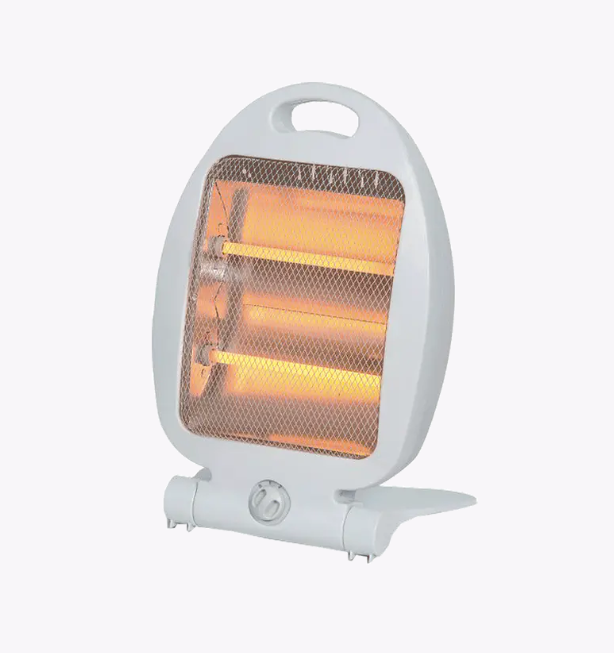When winter's chill sets in, the pursuit of warmth becomes paramount.
Quartz heaters have risen to prominence as a favored and efficient means of achieving that coveted coziness. These heaters operate on the fascinating science of radiant heating, delivering quick and precise warmth. In this article, we will explore the intricate mechanisms of quartz heaters, shedding light on the science underpinning their operation and why they are a preferred choice for staying warm.
At the heart of a quartz heater lies a critical component: quartz tubes. Quartz, a mineral renowned for its ability to endure high temperatures without expanding or cracking, serves as the ideal material for heating elements. These quartz tubes, often coiled or encased within the heater's structure, play a pivotal role in generating the radiant heat that keeps you comfortably warm.
The core principle behind quartz heating is radiant heat. Unlike conventional heaters that rely on convection to warm the surrounding air, quartz heaters emit infrared radiation to directly heat objects and individuals within their reach. Infrared radiation is a form of electromagnetic radiation, residing within the spectrum between visible light and microwaves. Although invisible to the human eye, it manifests as warmth when it encounters a surface.
What sets quartz heaters apart is their ability to provide nearly instantaneous warmth. Unlike traditional heaters that necessitate time to heat the air in a room, quartz heaters commence delivering warmth as soon as they are powered on. This swift comfort proves particularly valuable on chilly mornings or when rapid warmth is required.
Energy efficiency is a hallmark of quartz heaters. Their efficiency stems from their capacity to directly heat objects and people, eliminating the need to continuously heat and circulate air. This targeted heating approach minimizes energy wastage and can lead to lower energy bills when compared to other heating methods.
Safety is a paramount concern, and modern quartz heaters are designed with numerous safety features. These often include mechanisms such as overheat protection and tip-over switches, ensuring safe operation and mitigating the risk of accidents.
Quartz heaters are typically compact and portable, enhancing their convenience. This mobility allows for easy repositioning and storage, granting flexibility in placing them wherever warmth is required. Their small footprint and portability make them an ideal choice for spot heating specific areas or providing supplementary warmth in smaller spaces.
An added advantage is their whisper-quiet operation. Unlike certain heating methods that rely on fans or blowers, quartz heaters operate silently. This quiet performance is especially valuable in tranquil spaces such as bedrooms, where noise can disrupt peace and relaxation.
Many quartz heaters feature customizable heat settings, enabling users to fine-tune the intensity of the heat output to match their comfort preferences and energy-saving objectives.
In terms of environmental considerations, quartz heaters are generally regarded as environmentally friendly compared to certain other heating methods. They do not produce emissions or rely on fuel combustion. However, it's important to note that their environmental impact may still be influenced by the electricity source powering them, emphasizing the importance of considering the energy mix in your region.









